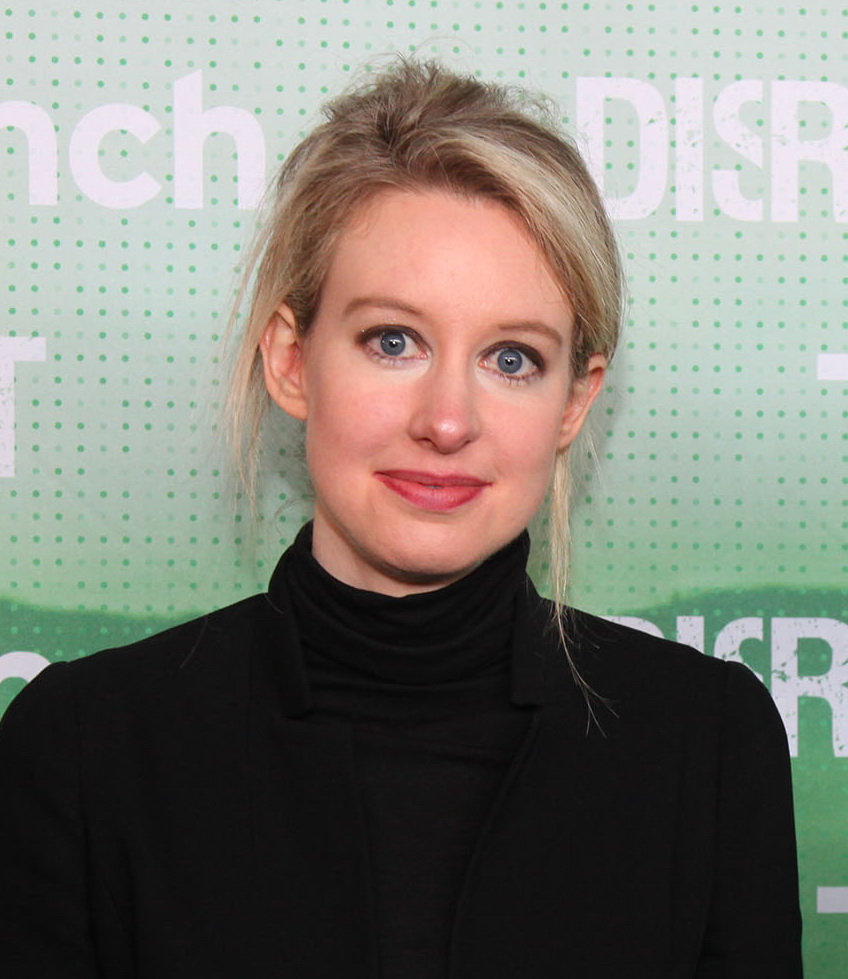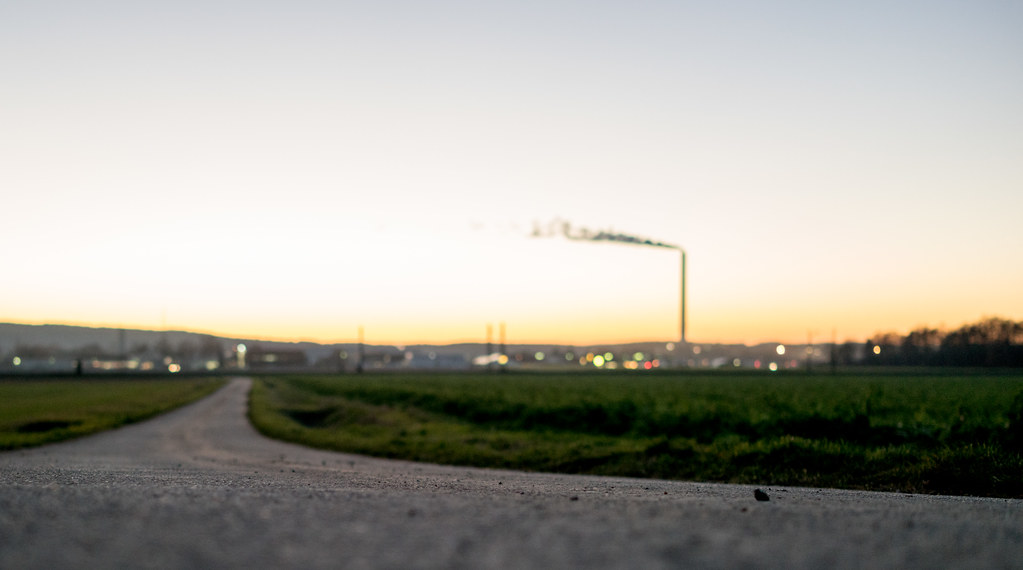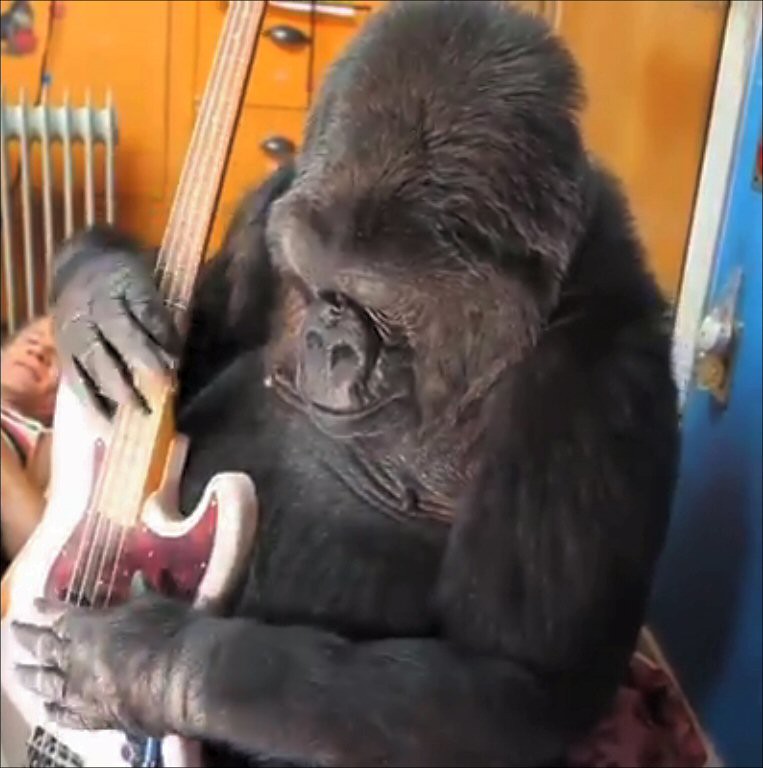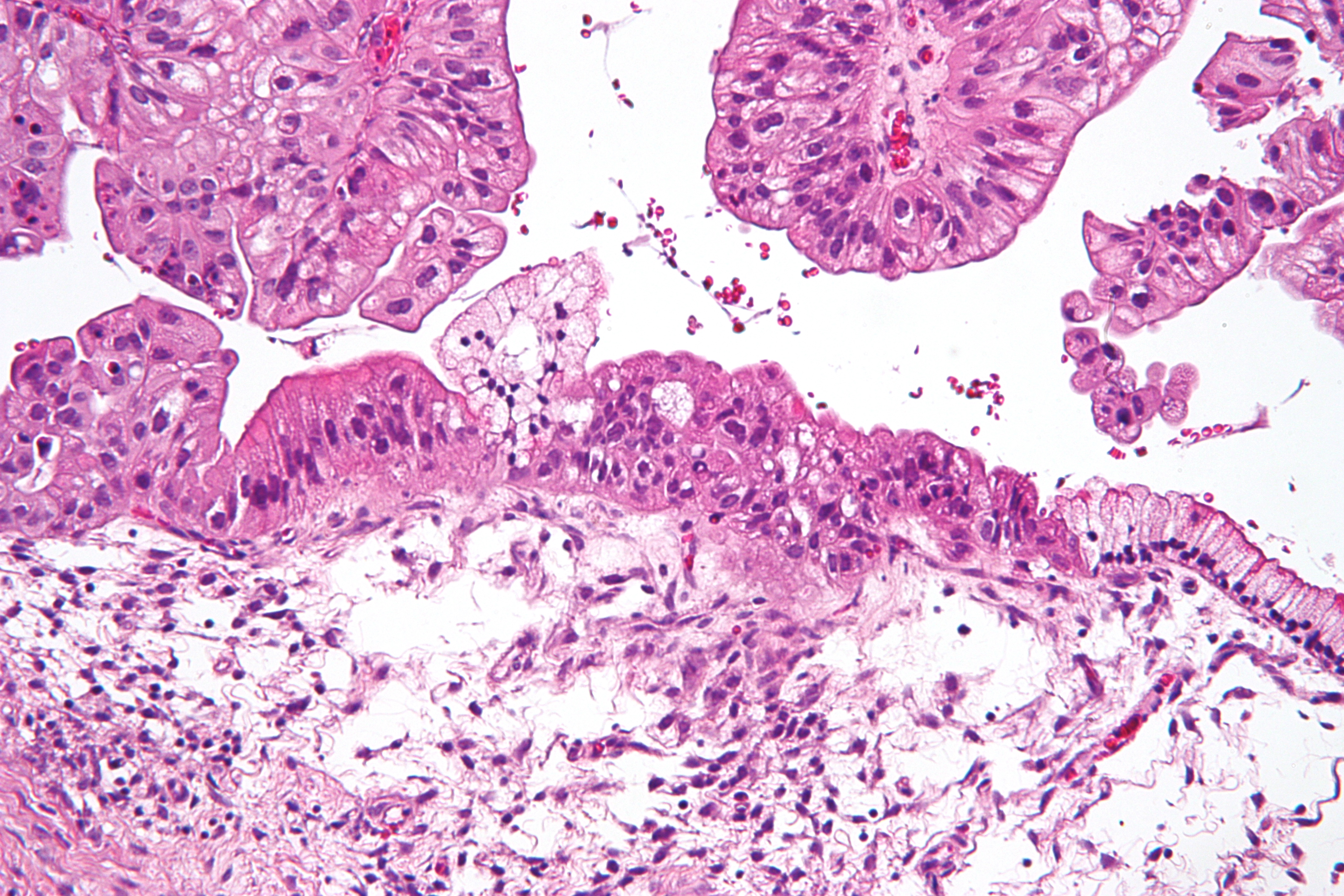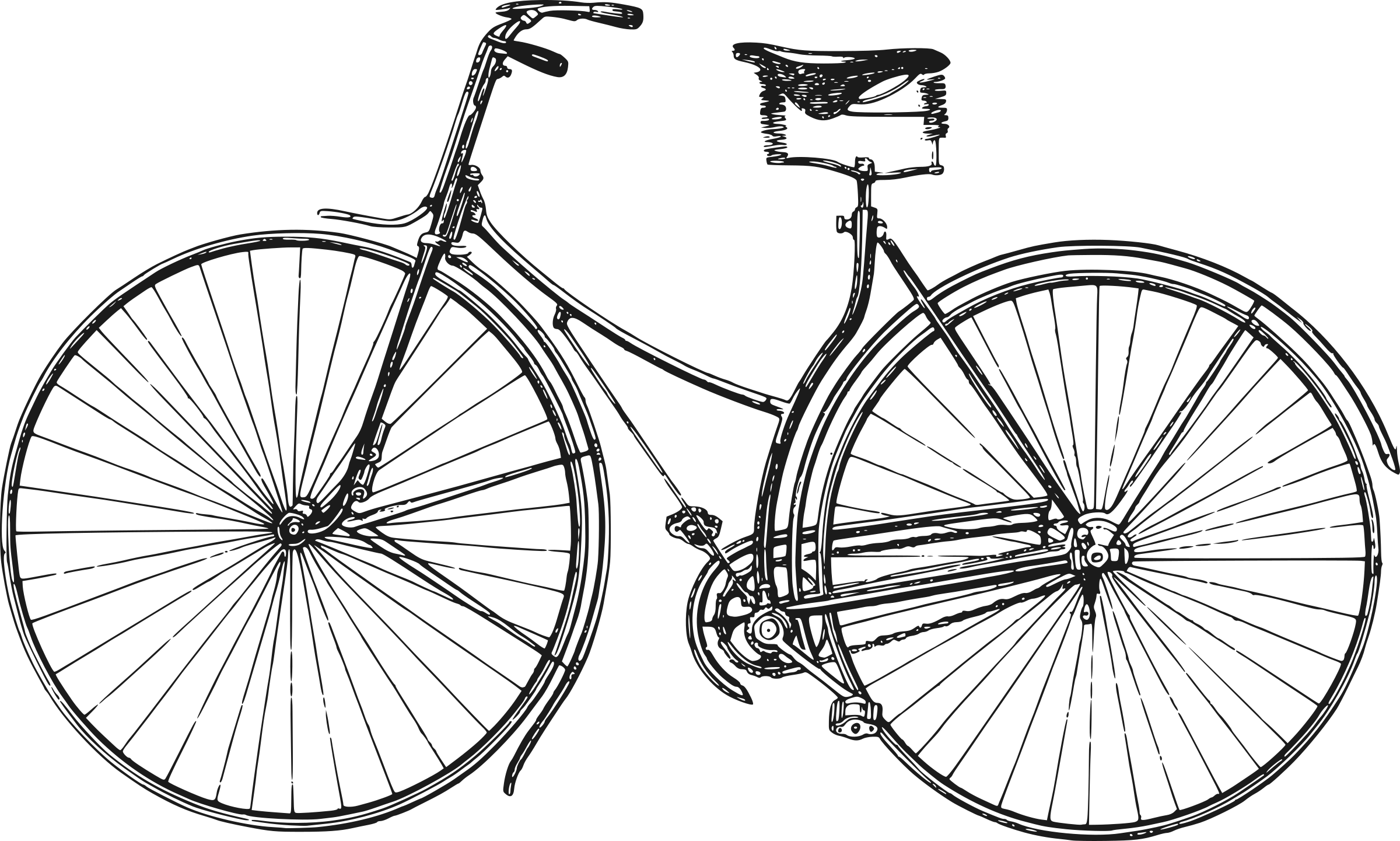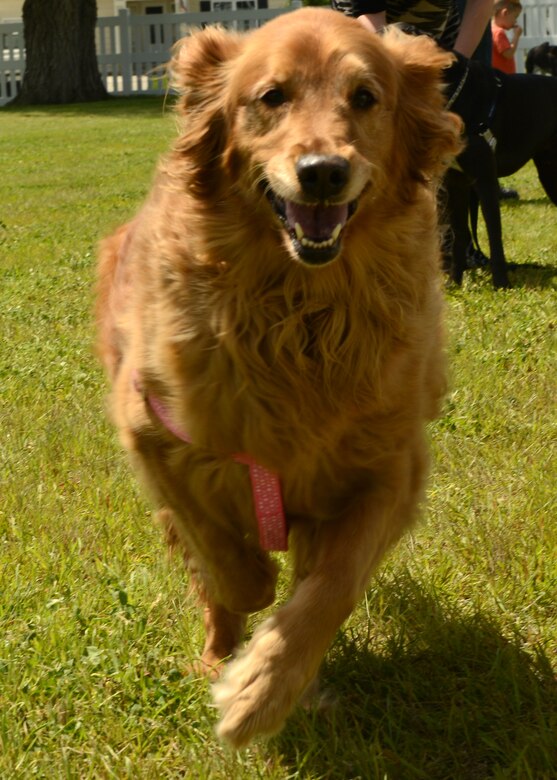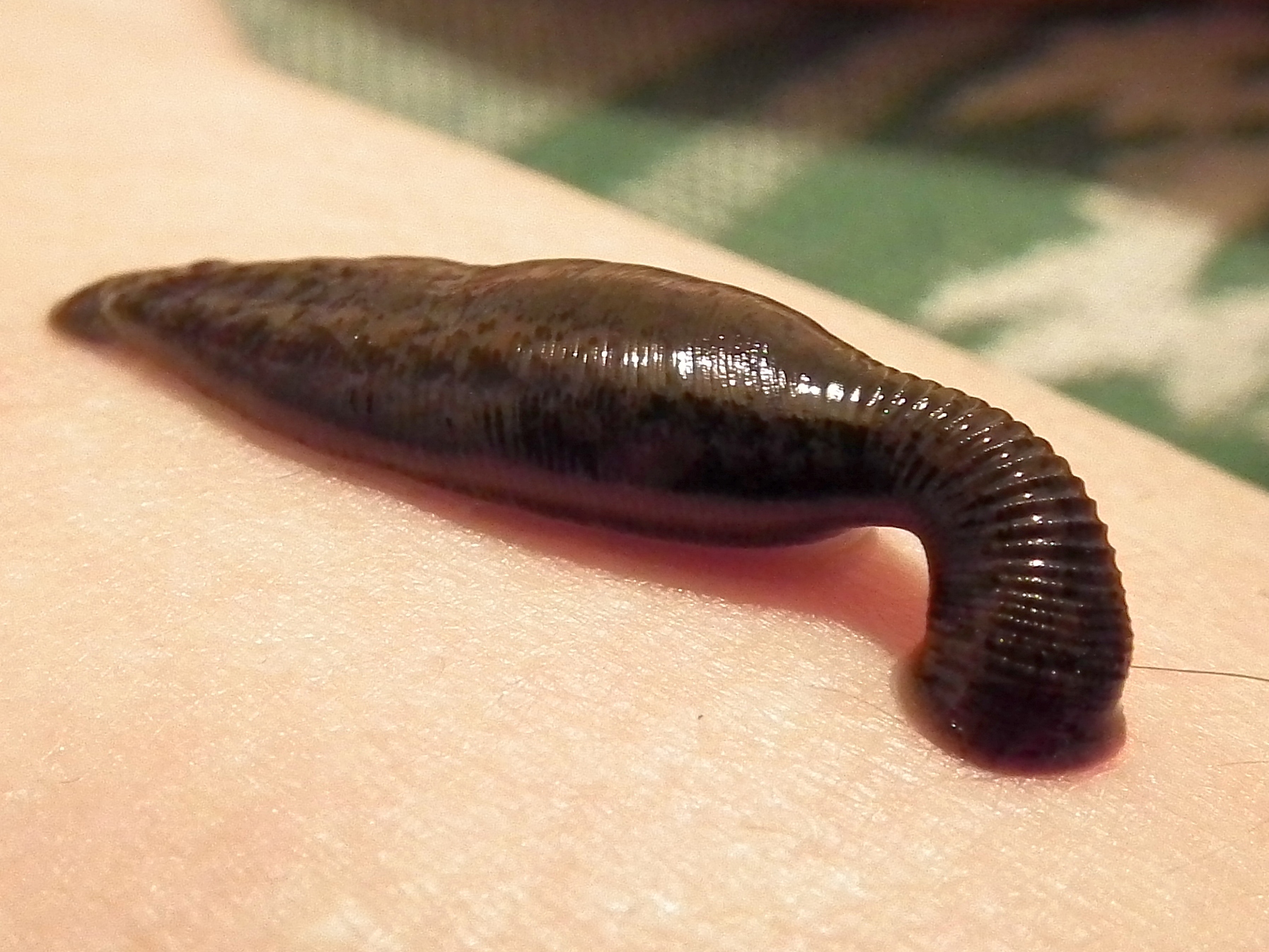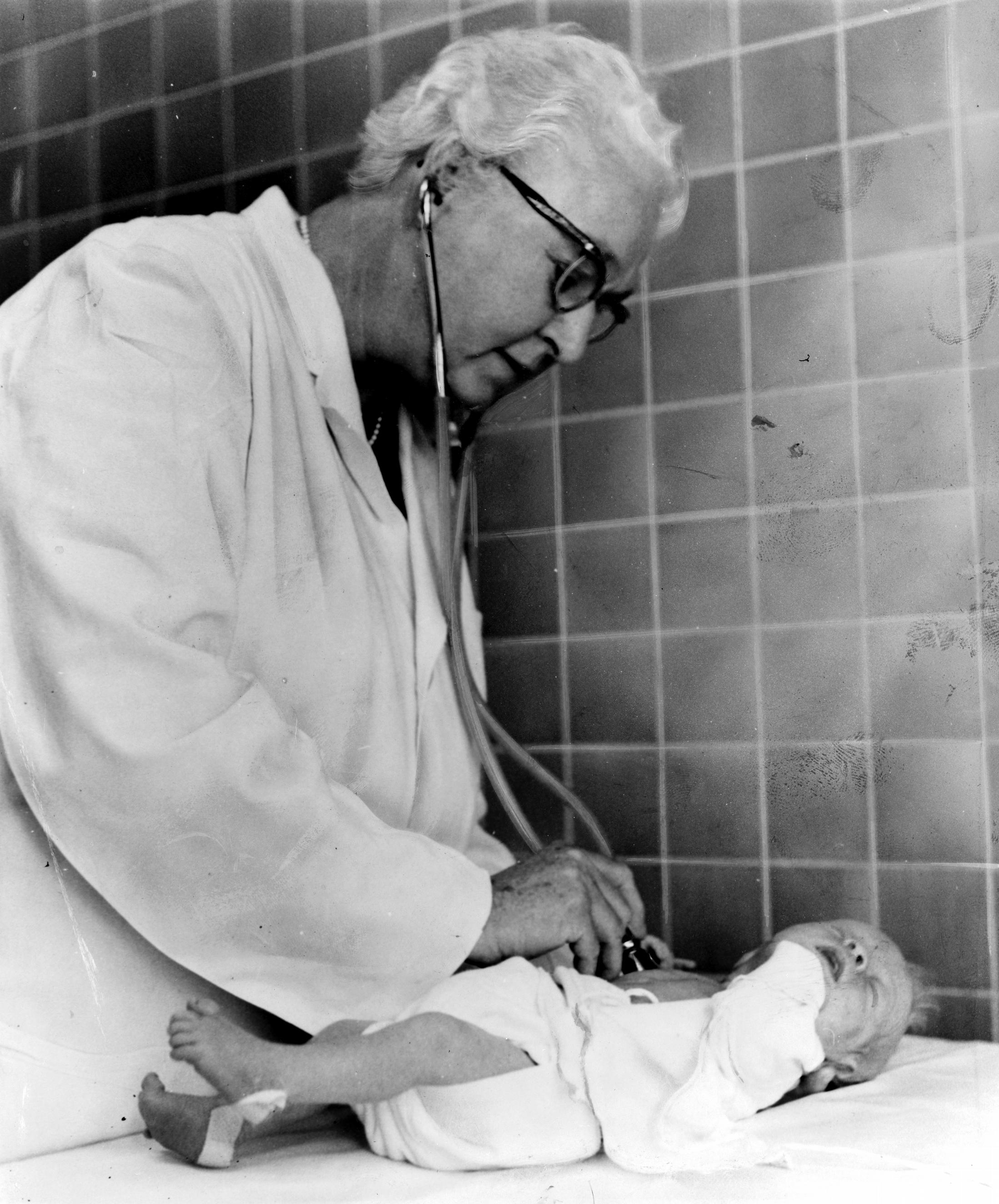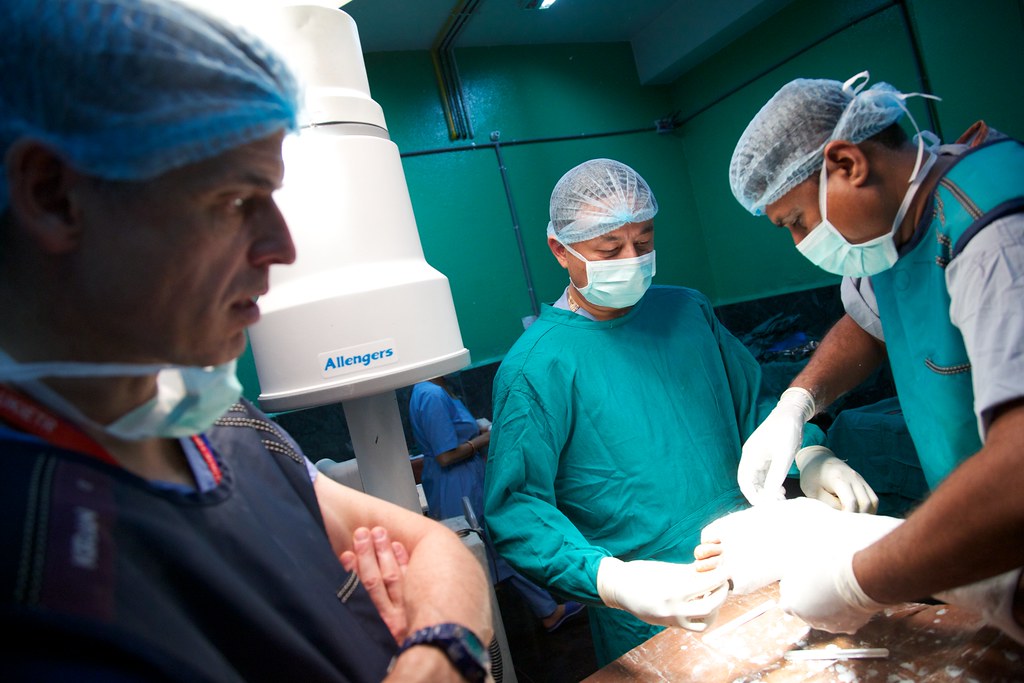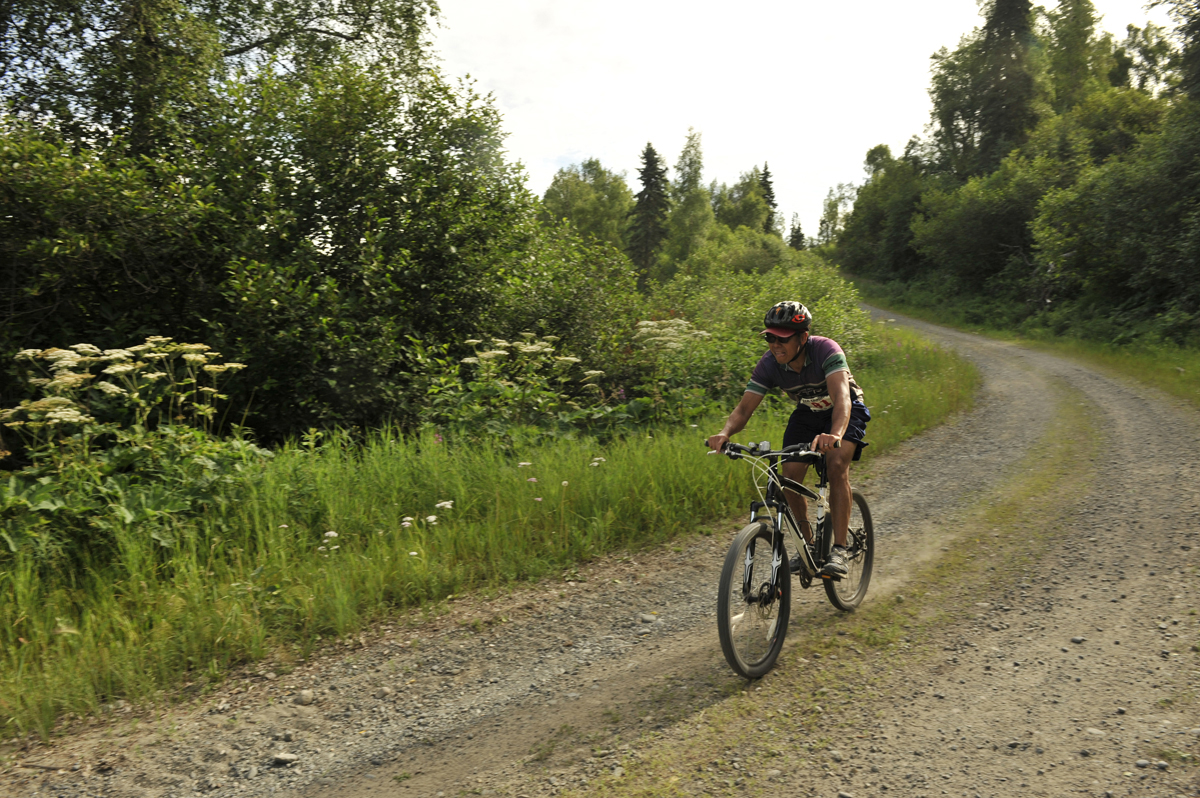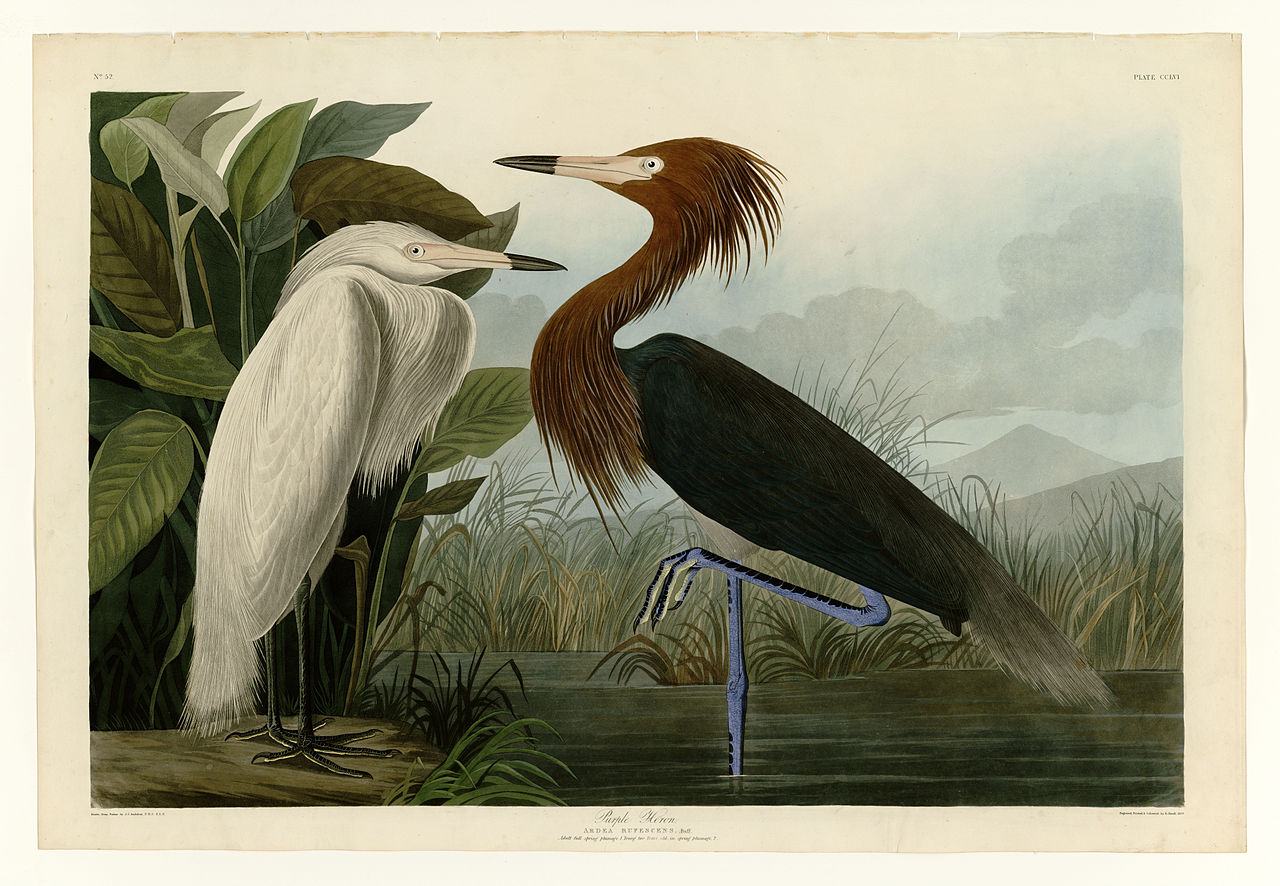Environmental & Science Education
Death
Medicine
Health
STEM
Edward Hessler
In March 2016, Stanford University Paul Kalanithi, MD, an eloquent writer about facing mortality died of lung cancer. He was 37 years old.
Kalanithi had only recently completed his neurosurgery residency at the Stanford University of Medicine. He was also a first-time father.
Kalanithi did his undergraduate work in English and biology at Stanford, graduating in 2000 with three degrees: a bachelor's in biology, and a bachelor's and a master's in English literature. While still in high school his career goal was to be a writer.
The
Stanford School of Medicine announcement of his death has several links, one to a short video (roughly 8 minutes) where Dr. Kalanithi reflects on being a physician and a patient. The film is titled
Days are Long Long, Years are Short. Kalanithi is the author of the widely acclaimed memoir
When Breath Becomes Air, published posthumously.
Nora Krug reporting in the
Washington Post (January 5, 2018) writes about what has happened since his death.. Lisa Kalanithi, an assistant professor of internal medicine at Stanford Medical School, has fallen in love with Nina Rigg's widower, lawyer John Duberstein. His wife, Nina Rigg died of breast cancer.
It was Nina Rigg who first put the two in contact. As she was facing death, she was concerned with how her husband John Duberstein was going to deal with the focus. She suggested that he contact Dr. Kalanithi. The reason, as reported by Nora Krug, was that
"She (Lisa Kalanithi) has experience with this, she told him; she’ll know what to do." She did. Nina and Lisa became fast friends and John found someone to help him safely to the other shore.
Nora Krug's column also links to the video mentioned above. No guarantees on this link but I think an infrequent user will be granted permission to read it, otherwise it may be available only by subsciption.


 CGEE Student Voice
CGEE Student Voice
